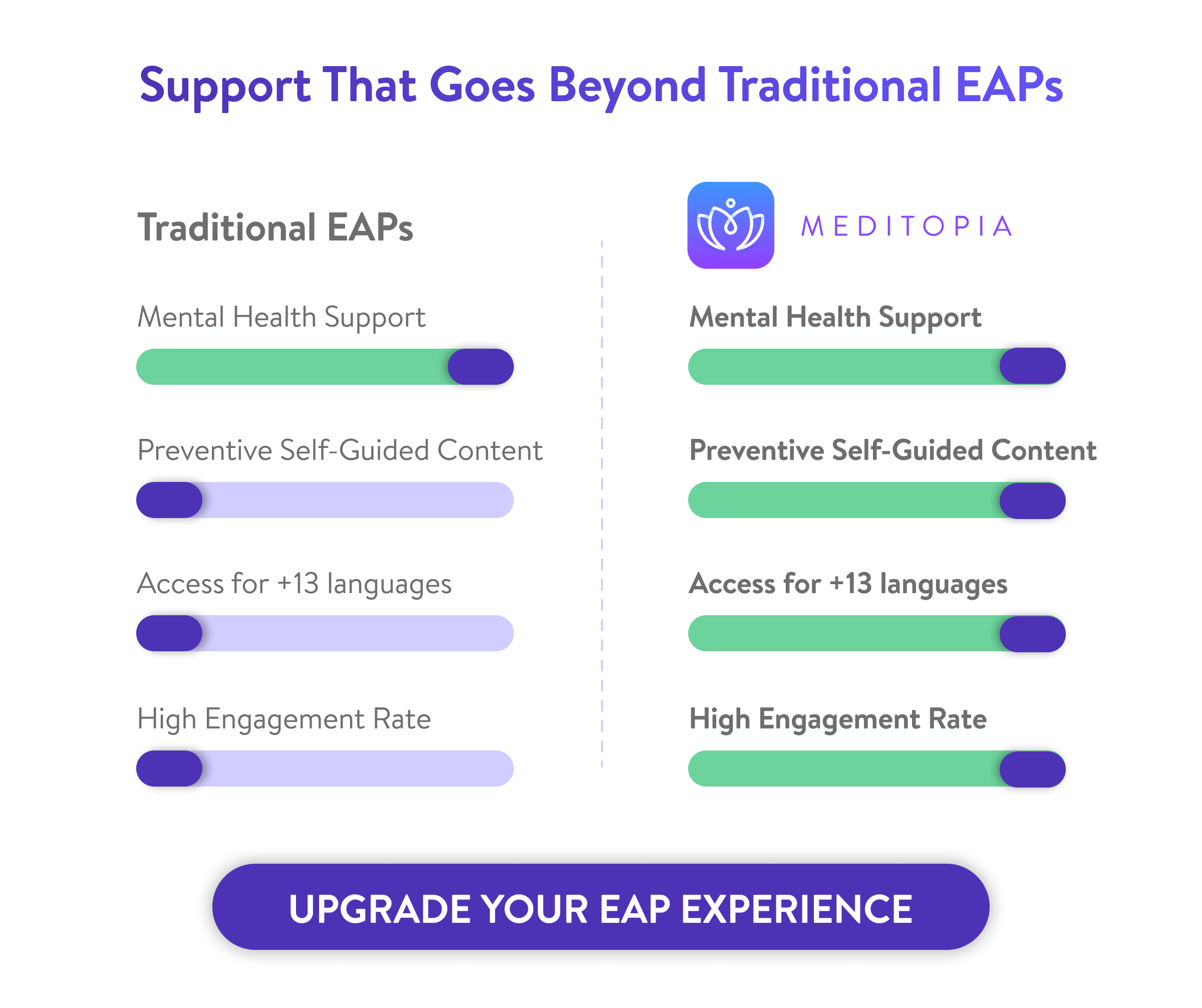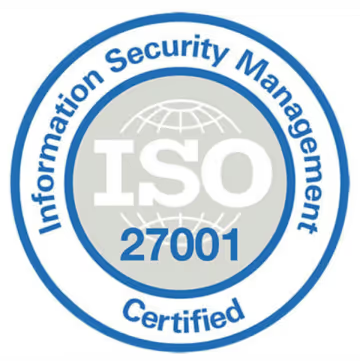In a long-running study, mentees were promoted 5× more often and mentors 6× more often than non-participants; retention rose to 72% for mentees and 69% for mentors versus 49% for employees without mentoring [1]. Moreover, 92% of Fortune 500 now offer workplace mentoring programs, reflecting a pivot from ad-hoc guidance to strategic talent pipelines. Let's check how you can benefit from these programs.
Why Workplace Mentoring Programs Matter
A structured mentorship program in the workplace gives employees a roadmap for skill development and belonging, two of the strongest drivers of engagement. Here are a few more reasons and stats:
- Retention & engagement: Organizations running mentorship programs at work report sizable retention lifts; in Sun’s data, retention gains were 20+ points for participants. Separate syntheses show mentoring associates with higher job happiness and lower quit intent.
- Skills development & upskilling: Mentoring accelerates on-the-job learning (coaching, feedback, visibility). ATD highlights productivity jumps when mentoring complements training [2].
- Succession planning: Leadership mentoring grows bench strength and increases internal promotion rates, reducing time-to-fill leadership roles.
- Equity & access: Research suggests programs are more effective when participation is mandatory or at least proactive, ensuring those who need help most actually receive it [3].
Think of workplace mentoring programs as an advantage for both, teams and organizations. It's a way to nurture your own talent, reducing costs from external hiring, and increasing employee motivation and loyalty.
Steps to Start a Mentorship Program (Roadmap)
So, you know you want to implement a mentorship program, but don't know here to start... Think of it as building a bridge between potential and performance. a structured system that connects people who want to learn with those ready to guide. Here’s how to create one that’s meaningful, measurable, and sustainable:
- Define purpose & success metrics:
- Tie the program to strategic goals (e.g., first-line manager readiness, engineer onboarding).
- Choose KPIs: 6–12-month retention, promotion/role-change rates, satisfaction, and skills growth (pre/post self-ratings).
- Design structure & governance:
- Decide between one-on-one mentorship, group mentoring program, or peer mentorship.
- Set program length (e.g., 6–9 months), cadence (bi-weekly), and mentoring best practices (confidentiality, goal setting, feedback norms).
- Identify mentors & mentees:
- Recruit mentors across levels and functions; recognize and reward the role.
- Use short profiles capturing skills, interests, DEI considerations, and availability.
- Establish matching criteria.
- Use skills-based matching (desired competencies, role interests, project domains).
- Consider virtual mentoring needs for hybrid/distributed teams.
- Onboard with enablement:
- Provide guides and short coaching sessions on expectations, SMART goals, and inclusive communication.
- Meditopia for Work has on-demand therapy sessions that your employees can acivate anytime, anywhere.
- Schedule, track, and support:
- Provide a shared tracker (objectives, action items, meeting notes).
- Offer optional expert sessions (e.g., difficult conversations, stakeholder management).
- Measure, iterate, and scale:
- Run pulse checks at 30/60/90 days, collect outcomes, and refine matching and enablement each cycle.
- Meditopia for Work can measure these outcomes, deliver preventive plans, and grant you full access to your Employer Dashboard, to see real-life metrics an usage stats.
Types of Mentorship Programs and Best Use Cases
Not every company needs the same type of mentoring. Some teams we already support thrive with informal peer conversations; others need structured career mentoring with clear KPIs. Here’s a quick overview of the most common types and when they work best:
Mentorship Activities That Drive Engagement
The difference between a good mentorship and a great one lies in what happens between meetings. Our 42% engagement has led us to understand that the best workplace mentoring activities create momentum, deepen connection, and keep both mentor and mentee inspired. Here are some ideas:
- Shadowing experiences:
- Let mentees sit in on key meetings or client presentations. Seeing how a mentor handles real-time decisions builds judgment faster than any manual.
- Bonus: For hybrid teams, try virtual shadowing, screen-sharing strategy calls or team standups.
- Goal-based coaching sessions:
- Schedule monthly sessions that focus on a specific growth area such as communication, conflict resolution, or stakeholder management.
- Coaching sessions improve performance and resilience by 38% on average.
- Peer learning circles:
- Small, mixed-level groups that meet monthly to discuss challenges or new tools.
- Encourages upskilling and shared accountability, especially useful in distributed teams.
- Career-mapping workshops:
- Mentors guide mentees to visualize their next 6–12 months using a “career map.”
- Add tangible steps, deadlines, and success metrics. It turns vague ambition into a real plan for employee growth.
- Reverse mentoring challenges:
- Flip the dynamic: have younger employees mentor leaders on tech, social trends, or generational shifts.
- This builds empathy and leadership mentoring awareness.
- Community recognition:
- Celebrate milestones publicly, like “mentor of the month” or “growth spotlight.”
- Employee recognition boosts motivation and makes mentoring visible to the wider workplace.
Measuring the Impact of Mentorship Programs
If you can’t measure it, you can’t prove its value. Mentorship might feel intangible, but its impact can be quantified, both in business outcomes and human growth. The key is to track the right metrics at the right stages. Here's a complete list of things to consider:
Short-Term Indicators (First 30–90 Days)
Focus on engagement and alignment early on. These metrics help you understand whether your employee mentorship program is reaching the right people and setting the right tone.
- Participation rate: What percentage of your target employees enrolled and are active? A healthy benchmark is above 60%.
- Matching efficiency: How long does it take to pair mentors and mentees, and how many pairs stay consistent beyond the first two meetings?
- Goal clarity: After onboarding, at least 70% of pairs should have clear, documented goals aligned with career or skill development.
- Mentor/mentee satisfaction: Pulse surveys after the first month provide early signals of engagement quality.
- Session cadence: Track whether mentoring pairs meet regularly (e.g., 2 sessions/month). Consistency is a leading indicator of future outcomes.
Why it matters: Early engagement predicts success. Programs with consistent first-quarter participation show 40% higher completion rates and better learning retention.
Mid-Term Indicators (3–6 Months)
By this point, look for behavioral changes and skill progression, this is where upskilling starts to show measurable results.
- Skills growth: Use self-assessments or manager evaluations to measure perceived skill improvement (e.g., communication, decision-making, leadership).
- Cross-functional exposure: Track how many participants engage in projects outside their immediate role, it's a sign of confidence and growth.
- Internal networking density: If possible, map mentorship connections within departments. A growing network indicates a healthier learning culture.
- Mentor feedback quality: Evaluate whether mentors feel equipped to guide others or need more expert sessions or coaching sessions to improve.
Why it matters: Mentorship should create ripple effects, employees sharing insights, collaborating across silos, and taking on stretch projects.
Long-Term Indicators (6–12 Months)
Now the focus shifts to strategic impact, how mentoring influences retention, promotion, and overall workplace health.
- Retention and turnover rates: Compare retention among participants versus non-participants.
- Promotion and internal mobility: Track how many participants advanced roles or gained new responsibilities.
- Engagement and wellbeing scores: Use engagement surveys to track items like “I have someone who supports my professional development.” Positive movement here links directly to wellbeing and employee growth.
- Diversity in leadership pipeline: Mentoring has been shown to significantly improve representation for underrepresented groups. Research suggests women with mentors were more likely to be promoted and to hold senior roles compared to those without mentoring access [4].
- Return on investment (ROI):
- Cost savings: Calculate turnover cost avoidance (e.g., replacing an employee costs 30–50% of annual salary).
- Productivity impact: Improved engagement correlates with higher productivity.
Qualitative Indicators (All Stages)
Some of the most important outcomes can’t be easily measured but can still be evaluated systematically:
- Narrative feedback: Gather short stories or testimonials from participants about their progress or mindset shifts.
- Manager observations: Ask line managers if mentees demonstrate stronger ownership, confidence, or communication.
- Cultural indicators: Track whether mentoring is becoming part of daily conversations. Are new hires requesting it? Are senior leaders volunteering as mentors?

Common Challenges and How to Overcome Them
Even the best-designed programs face hurdles. Common issues include mismatched pairings, unclear expectations, or participants losing interest. Here’s how to fix them before they derail your effort:
- Low participation → secure leadership support, promote success stories, and make sign-up frictionless.
- Poor matching → use data and pilot testing to refine criteria.
- Lack of structure → provide agendas and clear goals for each cycle.
- Mentor burnout → rotate mentors or limit cohorts per cycle.
- Lost momentum → set recurring check-ins and celebrate progress.
Remember: structure protects motivation. When mentoring is guided, everyone benefits.
Alternatives to Traditional Mentoring Programs
Not every company has the resources for a full mentorship program in the workplace, and that’s okay. There are powerful alternatives that provide similar benefits of learning, growth, and emotional support, often with greater scalability.

- Online Training Programs
Short, structured paths that help employees build soft skills, leadership habits, and resilience. Great for upskilling and role-specific learning. - 1:1 Expert Sessions
Personalized guidance with certified professionals. These expert sessions can double as mentoring or light counselling for stress management, career confidence, or decision-making. - Self-Guided Content
Access to digital libraries, interactive exercises, and videos lets employees learn on demand. It’s a scalable form of virtual mentoring that encourages ownership of growth. - Group Workshops
Facilitated sessions combining collaboration, problem-solving, and feedback, ideal for building trust and communication across teams.
These options can be seamlessly integrated into digital wellbeing platforms like Meditopia for Work, giving HR leaders the flexibility to meet different learning needs at scale.


.jpg)




%2008.07.36_4ffe9739.jpg)

















